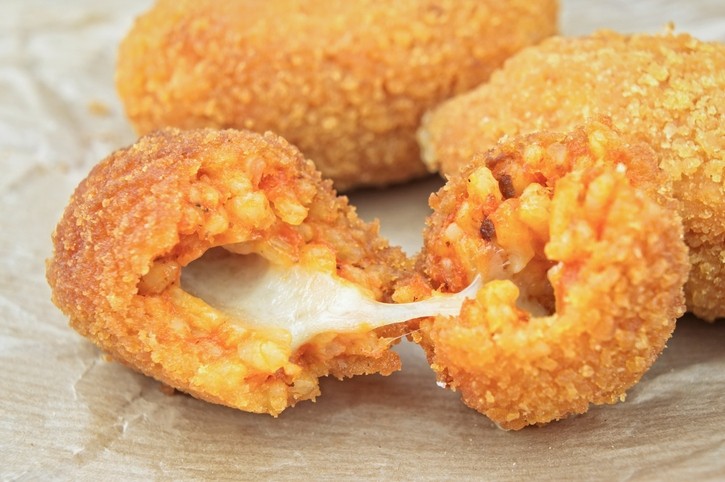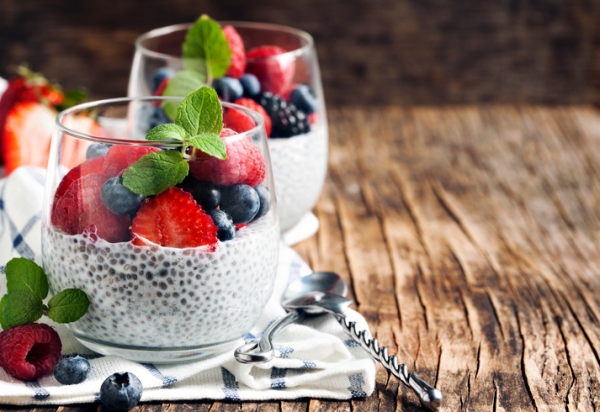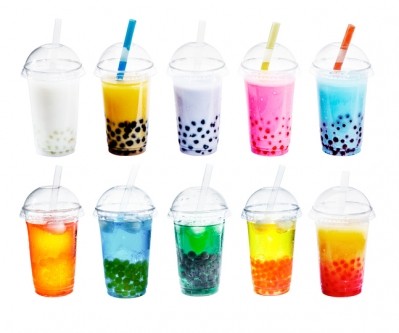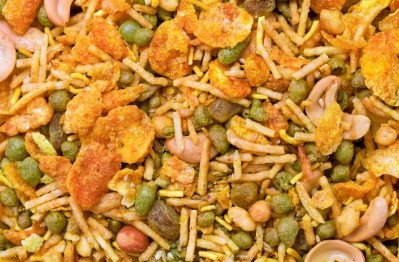Are you a cruncher, chewer, smoosher or sucker? Ingredion tailors its texture talk

Coined by product strategists at the Understanding and Insight Group (U&I) in 2001 after more than 240 hours of focus group studies and quantitative research, the terms have become an important part of how global supplier Ingredion develops products.
Although individuals in each group have very different ways of eating food and this has huge implications for food manufacturers when it comes to recipe formulation, reformulation and repositioning.
Crunchers eat their food forcefully and want to be able to crunch until it’s gone. They are often the fastest meal eaters of all four groups, using a more aggressive mouth action – even when eating soft foods. Recipes targeted at this group should fracture upon biting, although fellow diners are likely to notice that they eat loudly.
Chewers like the sensation of chewing and look for a certain amount of fullness in the mouth when they find a food that is particularly satisfying – for this reason food must not break down in the mouth but deliver a long, full chewing sensation. Individuals can be either short or long chewers but what they have in common is a dislike of food that easily breaks up. To counteract this, they’ll attempt to turn the food into a moist mass so that they can enjoy chewing for longer, says the report.
Smooshers are "the arch manipulators of food," said Ingredion, using both their tongue and palate to mash the food into a soft mass that can be held in the mouth for a long time. They don’t enjoy chewing, but they do like to turn crunchy foods into a ‘smoosh’ that can be spread throughout the mouth. As such, they process and eat foods slowly.
As the name suggests, suckers are preoccupied with sucking out the flavour before chewing or swallowing. They enjoy foods that can be processed in this way for a long time and tend to be slow eaters. Foods that can’t be sucked will be chewed, but not enjoyed at the same level as ones that can be sucked. This group prefers harder foods that they can hold in their mouth for prolonged periods.
However, the category in which an individual can be placed doesn’t necessarily mean a rejection of the other eating types, Ingredion said in its recent report entitled ‘Eating Styles – A Complete Guide to our Unexpressed Love of Food'. It simply means he or she will gain more satisfaction from foods that allow a certain ‘mouth behaviour’.
Western Europeans aren't suckers
In Western Europe and North America, where most of U&I’s research has taken place, the majority of people are crunchers and chewers.
Out of a total of 500 individuals surveyed, around one third of Brits said they most resembled crunchers (34%) and chewers (33%). Nearly half (47%) of Germans said they were chewers and 34% said they were crunchers compared to only 2% who identified as suckers. In France, 41% identified as crunchers compared to 16% who said they felt most like a smoosher.
So what does this mean for manufacturers and how can they tread the fine line of appealing too strongly to one type of eater at the risk of alienating the rest?
It doesn't seem to be as black and white as this, as most eating preferences occur at the subconscious level. But if a texture claim is made, then that texture claim should follow through, Ingredion said.
“Our [studies] also showed how important it is that any specific texture claims made on the label are delivered in the eating experience. We discovered that if someone is attracted to a texture claim and feels that the eating is consistent with that claim, they will be more likely to repeat buy and stay loyal to the brand," said European marketing manager for texture at Ingredion Severine Bensa.
“However, we also found the opposite was true. Consumers are dissatisfied with products when the label is misleading and the texture isn’t reflected in the eating experience. So if it says extra creamy on the label, manufacturers have to deliver. This means formulation, or reformulation, expertise must be able to fulfil texture attributes, whatever the processing conditions.”
The Texicon: Crinchy or Flumpy?
Back when Ingredion went by the name of National Starch, part of Corn Products International, it developed its own lexicon of texture terms which allowed it to go beyond nebulous, catch-all terms such as creamy or thick and actually quantify the different rheological parameters that consumers are looking for in its product development process.
Dubbed the Texicon, it's still used by Ingredion's new product developers and features words such as ‘crinchy’ – somewhere between crunchy and crispy - and ‘flumpy’ - a characteristic of mayonnaise as it is spooned from the jar.
The importance of getting texture right in a product can go beyond the feel of the food at the lips or in the mouth – it can also have an impact on the way flavour is released in the mouth.
Ingredion’s portfolio ingredients texturising includes base viscosifiers and co-texturisers, as well as gelling, crisping and pulping agents. It has used the eating style approach to develop the appropriate texture for tortilla chips, crisps, yoghurts, snacks, desserts, mayonnaise and pizza.










